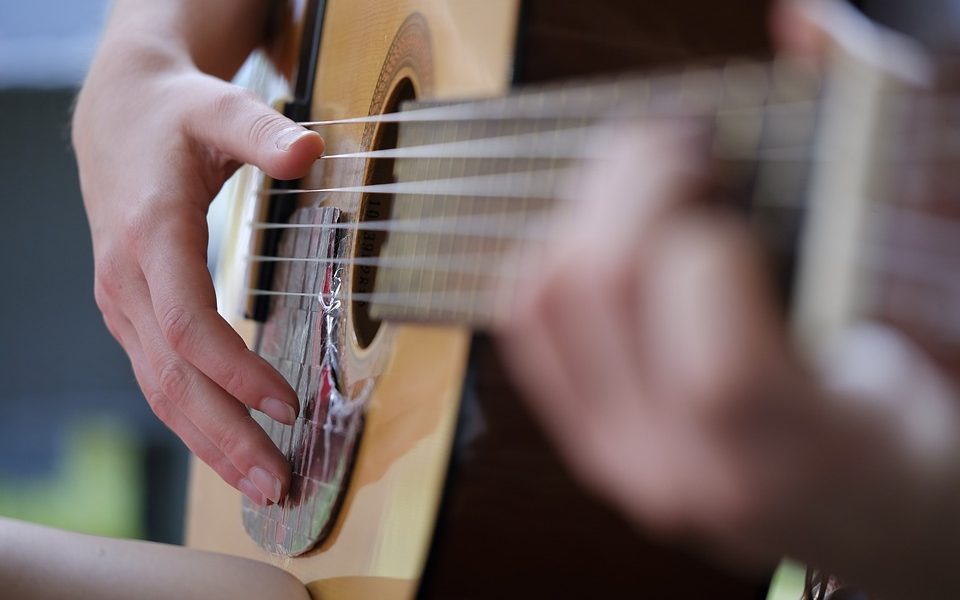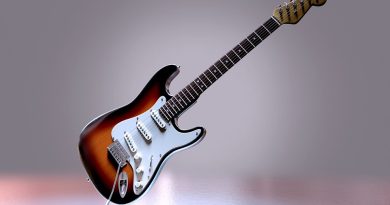Mastering Guitar Chords: A Comprehensive Guide to Reading Chord Diagrams
Mastering Guitar Chords: A Comprehensive Guide to Reading Chord Diagrams
Learning to play the guitar involves mastering a variety of techniques, including strumming, picking, and fingerstyle playing. But one of the most fundamental aspects of playing the guitar is understanding and mastering chords. Chords are the building blocks of music and serve as the foundation for countless songs across all genres. In this comprehensive guide, we will explore how to read chord diagrams and provide tips for mastering guitar chords.
What are Chord Diagrams?
Chord diagrams are visual representations of different guitar chords. They consist of a grid with six vertical lines, representing the six strings of the guitar, and several horizontal lines, representing the frets. Each dot on the grid indicates where to place your fingers on the fretboard to create a specific chord shape. Chord diagrams are essential for learning new chords and understanding how they are played on the guitar.
How to Read Chord Diagrams
To read a chord diagram, start by looking at the vertical lines, which represent the six strings of the guitar. The line on the far left is the low E string, followed by the A string, D string, G string, B string, and high E string on the far right. The horizontal lines represent the frets on the guitar neck.
The dots on the grid indicate where to place your fingers on the fretboard. Each dot corresponds to a specific finger position, as follows:
– 1st finger: Index finger
– 2nd finger: Middle finger
– 3rd finger: Ring finger
– 4th finger: Pinky finger
The numbers inside the dots indicate which finger to use for each position. For example, a “1” inside a dot means to use your index finger, a “2” means to use your middle finger, and so on. The numbers outside the grid indicate which fret to play.
Tips for Mastering Guitar Chords
Now that you understand how to read chord diagrams, here are some tips for mastering guitar chords:
1. Start with Basic Chords: As a beginner, start with basic open chords like C, G, D, E, and A. These chords are commonly used in many songs and will help you build a strong foundation for learning more advanced chords later on.
2. Practice Proper Technique: When playing chords, make sure to use the tips of your fingers to press down on the strings and keep your wrist straight. This will help you achieve clear and clean sounds while avoiding unnecessary strain on your hand and fingers.
3. Use a Metronome: Practicing chords with a metronome can help you improve your timing and rhythm. Start by playing each chord in time with the metronome, gradually increasing the tempo as you become more comfortable.
4. Experiment with Different Voicings: Once you are comfortable with basic chords, experiment with different voicings and variations to add depth and complexity to your playing. Try playing barre chords, power chords, and other chord shapes to expand your musical palette.
5. Memorize Chord Progressions: When learning new songs, try to memorize the chord progressions rather than relying on chord charts or tabs. This will help you internalize the relationships between chords and improve your overall understanding of music theory.
6. Stay Consistent: Like any skill, mastering guitar chords takes time and practice. Make a habit of practicing regularly, even if it’s just for a few minutes each day. Consistency is key to improving your guitar playing skills over time.
In conclusion, mastering guitar chords is an essential skill for any guitarist looking to advance their playing. By understanding how to read chord diagrams and following these tips, you can become proficient in playing a wide range of chords and unlock countless possibilities for creating music. So grab your guitar, practice those chords, and enjoy the journey of becoming a skilled guitarist!






